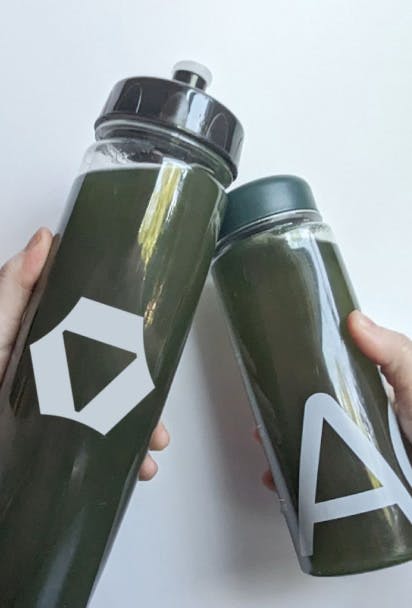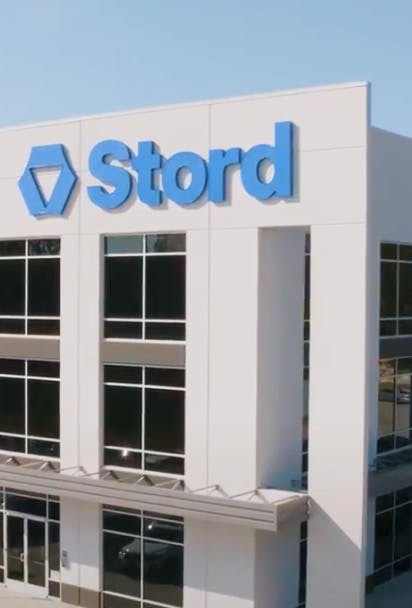With the holiday rush upon us, moving products, fulfilling orders and ensuring delivery is becoming increasingly crucial for virtually every brand. Managing one’s supply chain effectively can prove to be a make or break operation.
This topic is being covered daily. “Rising container rates, shortages of truck drivers, limited warehouse capacity” are impacting companies across the board as reported by CNBC.
In a recent “Squawk on the Street” segment, CNBC host Morgan Brennan highlighted how “We’re already seeing capacity crunches, we’re seeing supply chain issues across industries” and wanted to know how Stord “works with companies to help them manage that in a timely manner.” With supply chain costs surging, this is one of the many questions we commonly receive at Stord, especially as peak season ramps up.
Supply Chain Visibility is a Key Challenge
In his interview with Brennan, Stord CEO & Co-founder Sean Henry spoke about how Stord is assisting B2B and consumer brands navigate the surge of order volume this peak season and navigate through the following weeks into the new year
Delivering a “Prime-like experience” with Amazon-level logistics” is quite difficult for virtually any company other than the largest. Sean shared how difficult it is for brands on their own to have the visibility they need given infrastructure costs, volumes and more. He added how challenging it is for brands, as now they are “picking which warehouse you’re going to ship each and every order out of, and you’re planning that months and months or even years in advance.”
He noted how with Stord, brands can use data in the platform “to actually position that inventory where it needs to be, on demand and flexibly, so they can get their products closer to their consumers and unlock capacity they didn’t have prior in their supply chains.”
Overcoming Supply Chain Bottlenecks
As to current bottlenecks impacting supply chains, Sean mentioned how the “dwindling warehouse capacity, especially on the coasts right now, is extremely challenging. Other markets like Reno, Las Vegas, Salt Lake City and surrounding markets are filling up rapidly, with leases and warehouse space going away quickly.”
He highlighted how “brands can mitigate these warehouse challenges first with space, by going outside the key ports to these other markets to get more space but incur higher trucking costs to get the product there.”
“But then it’s labor in the facilities. Companies like Stord are focusing on increasing pay in the facilities, offering competitive benefits, but ultimately making these warehouse jobs less grueling and labor intensive by deploying automation and different technologies like robotics or picking systems that help to reduce repetitive tasks to retain labor more effectively.”
Best in Class Supply Chains
The last decade of supply chains focused on just-in-time inventory. With this leading to more companies increasingly out of stock, what will things look like next year?
Sean thinks “companies will return to 1.5, 1.6 inventory-to-sales ratios in coming quarters and as a result, companies will have more on their balance sheet. Brands now can have up to 30% of inventory in transit. But having this buffer of inventory will help companies be more successful in the long run.”
Lastly, he emphasized that “the best brands and best supply chains out there are taking those near term costs and incorporating them for the future by prioritizing their customer relationships over that near term cost.”
View the full interview to learn more about how Stord enables businesses to get Amazon-level logistics with increased visibility through cloud supply chain -- something that is very difficult for brands to handle on their own.
Interested in bringing your supply chain to the cloud? Schedule a time to speak with one of our Cloud Supply Chain experts to see how Stord can help optimize your supply chain.




